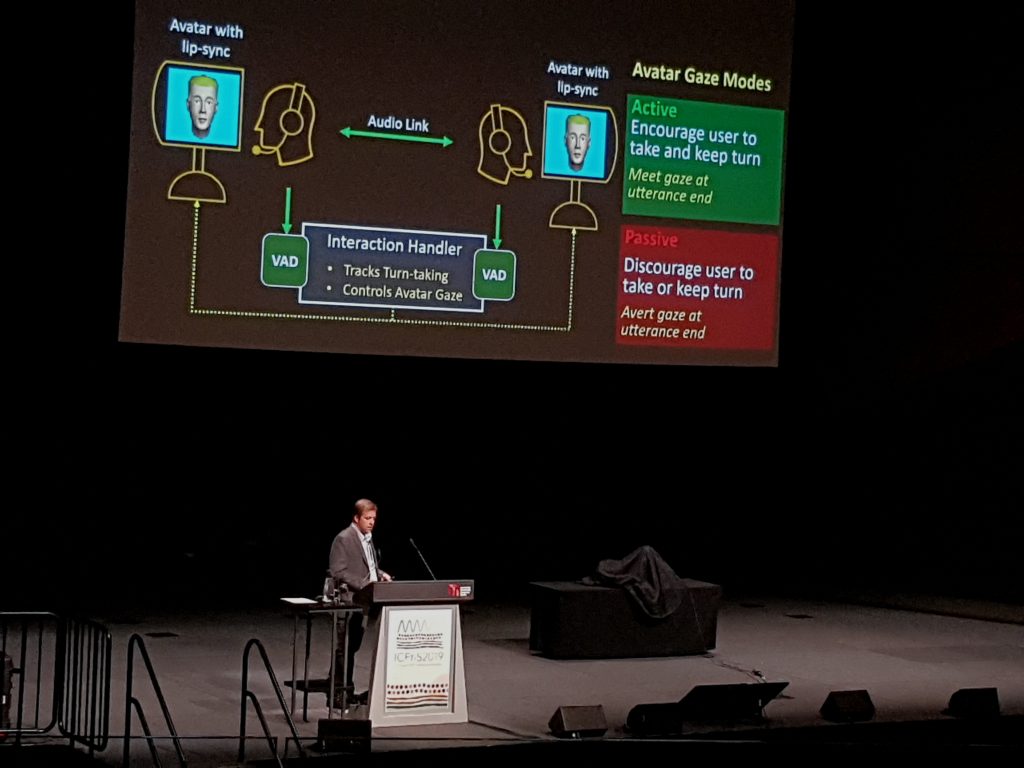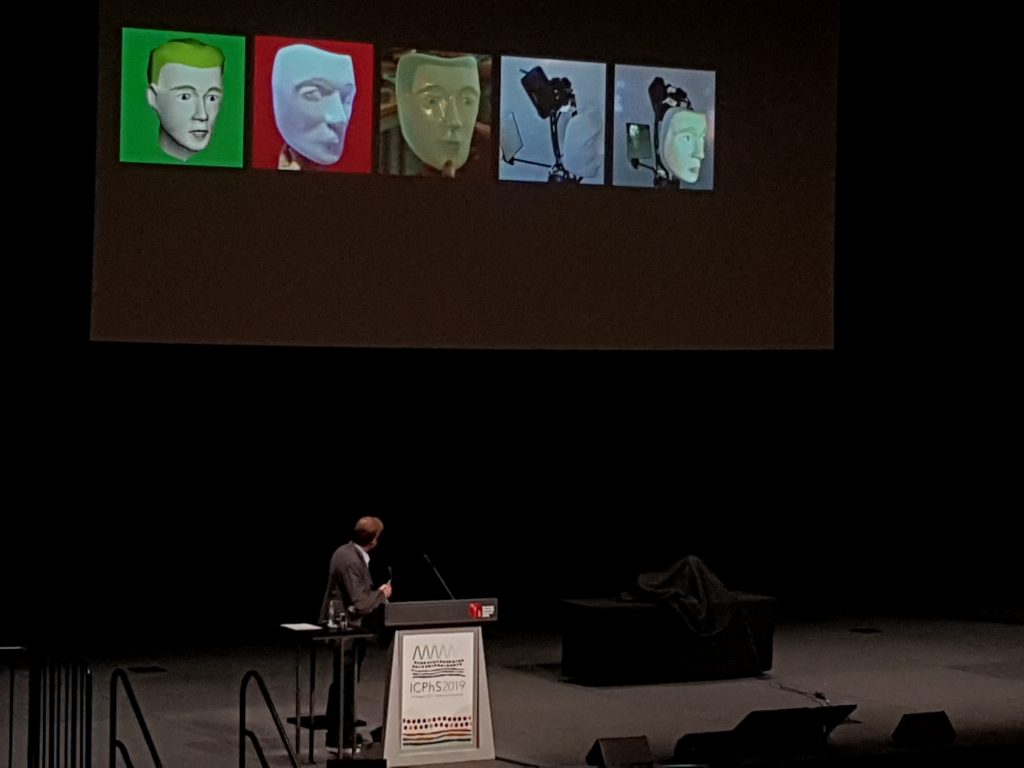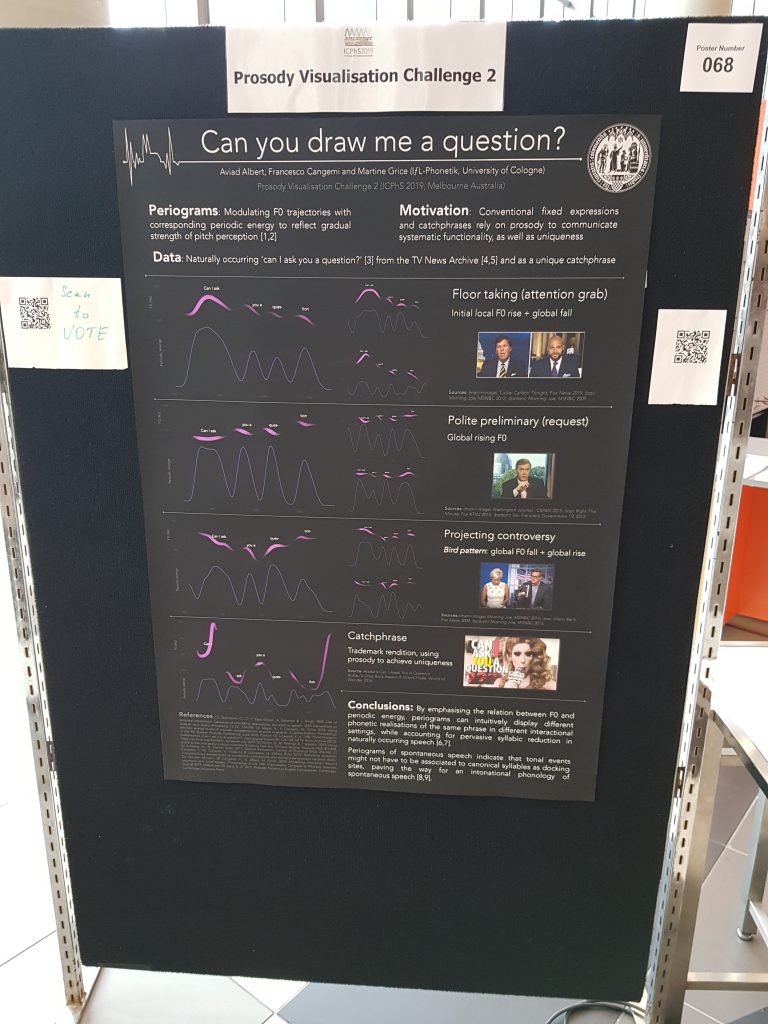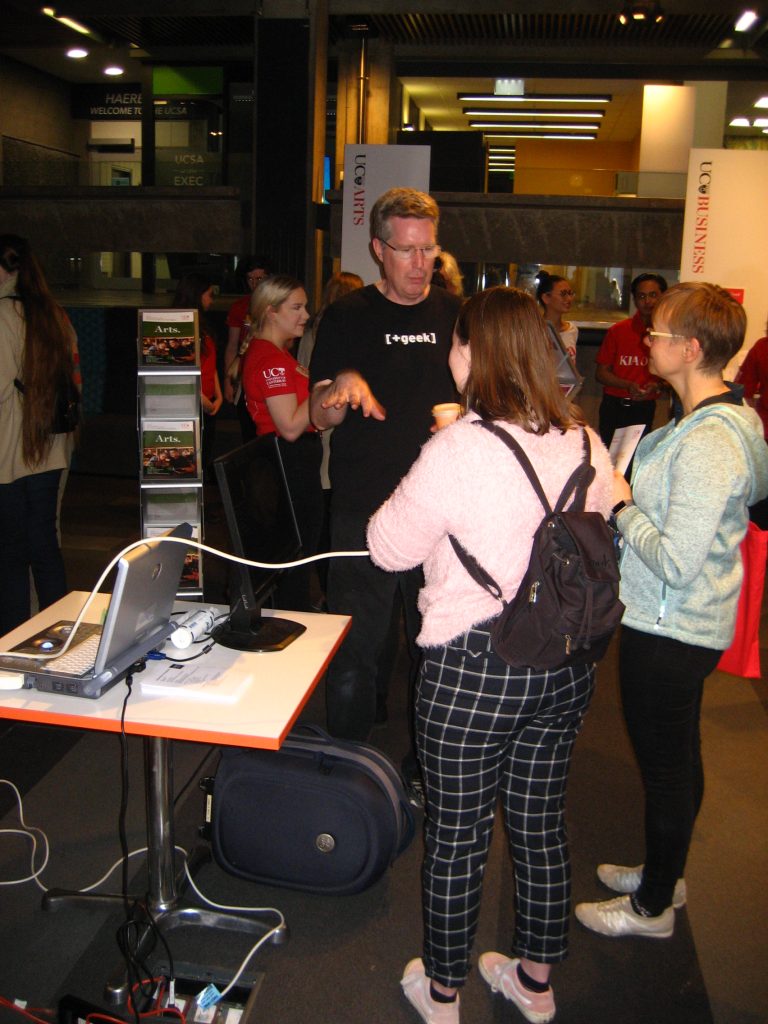
I am participating on an American Association for the Advancement of Science (AAAS) 2022 meeting panel on “Transmission of Airborne Pathogens through Expiratory Activities” on Friday, February 18th from 6:00 to 6:45 AM Greenwich mean time. You can register for the meeting by clicking here. In advance of that meeting, the University of British Columbia asked me some Q&A questions exploring how speech air flow may impact the spread of airborne diseases.
The AAAS meeting itself is hosted by Prof. Bryan Gick of the University of British Columbia. It has individual talks by Dr. Sima Asadi on “Respiratory behavior and aerosol particles in airborne pathogen transmission”, Dr. Nicole M. Bouvier on “Talking about respiratory infectious disease transmission”, and myself on “Human airflow while breathing, speaking, and singing with and without masks”.
Dr. Sima Asadi’s talk focuses on the particles emitted during human speech, and the efficacy of masks in controlling their outward emission. For this work, Sima received the Zuhair A. Munir Award for the Best Doctoral Dissertation in Engineering from UC Davis in 2021. She is currently a postdoctoral associate in Chemical Engineering at MIT (Boston).
Dr. (Prof) Nicole M. Bouvier is an associate professor of Medicine and Infectious Diseases and Microbiology at the Icahn School of Medicine at Mount Sinai (New York). Nichole discusses how we understand the roots by which respiratory microorganisms, like viruses and bacteria, transmit between humans, which is fundamental in how we develop both medical and public health countermeasures to reduce or prevent their spread. However, much of what we think we know is based on evidence that is incomplete at best, and full of confusing terminology, as the current COVID-19 pandemic has made abundantly clear.
I myself am new to airborne transmission research, coming instead from the perspective that visual and aero-tactile speech help with speech perception, and so masks would naturally interfere with clear communication. They would do this by potentially muffling some speech sounds, but mostly by cutting off the perceiver form visual and even tactile speech signals.
However, since my natural interests involve speech air flow, I was ideally suited to move into research studying how these same air flows may be reduced or eliminated by face masks. I conduct this research with a Mechanical Engineering team at the University of Canterbury, and some of their results are featured in my individual presentation. Our most recent publication on Speech air flow with and without face masks was highlighted in previous posts on Maps of Speech, and in a YouTube video found here.









